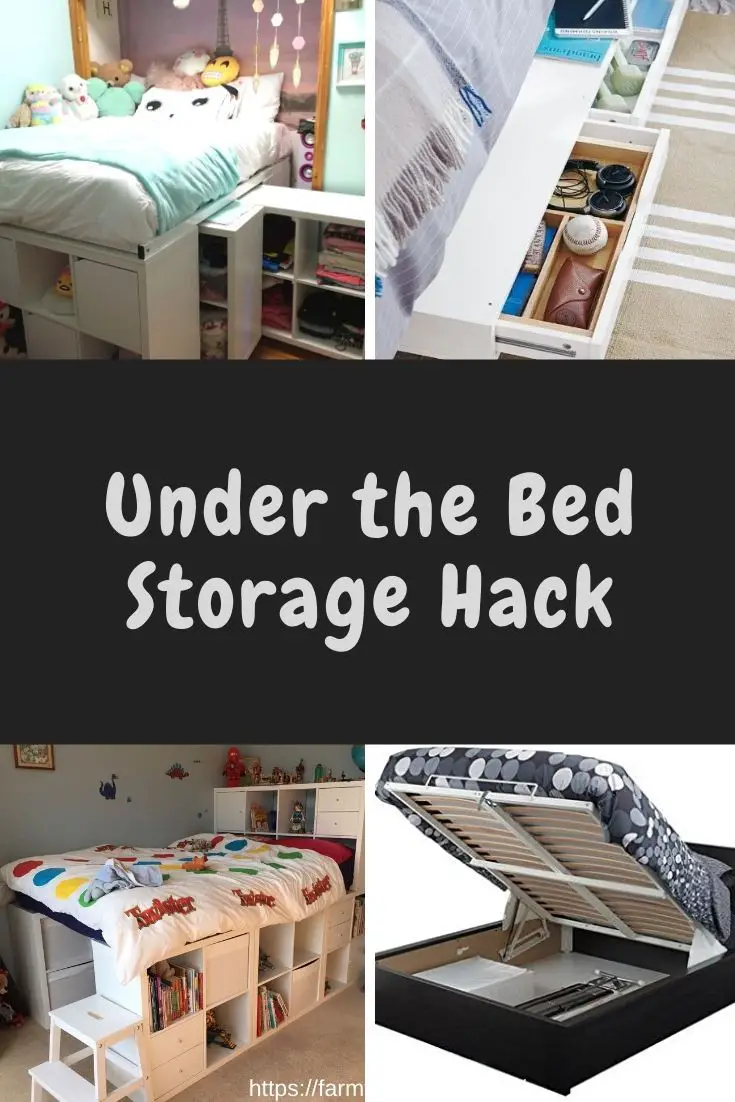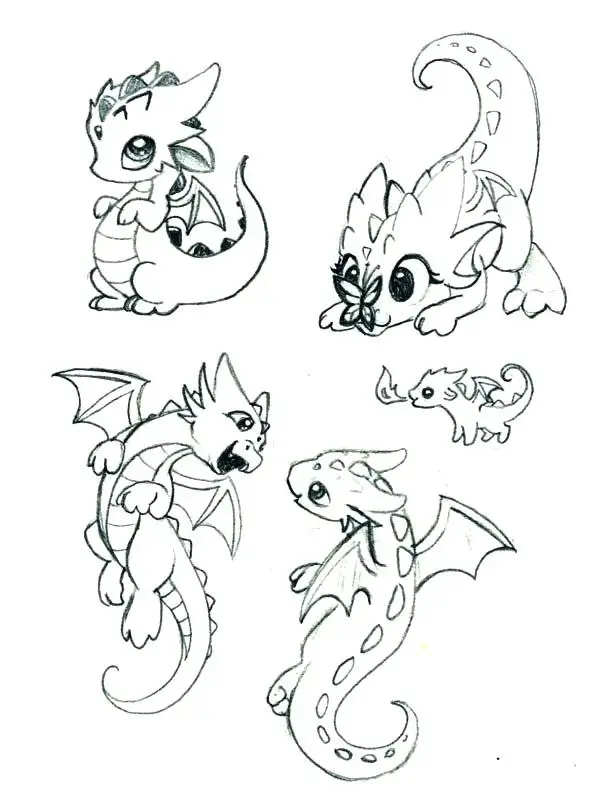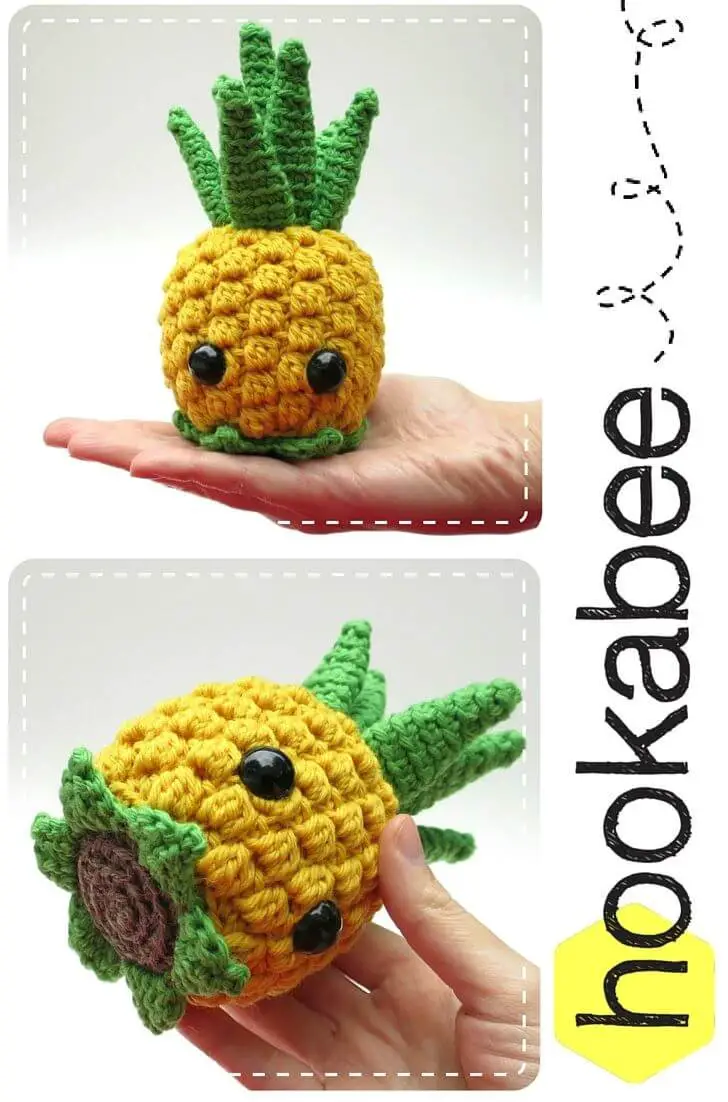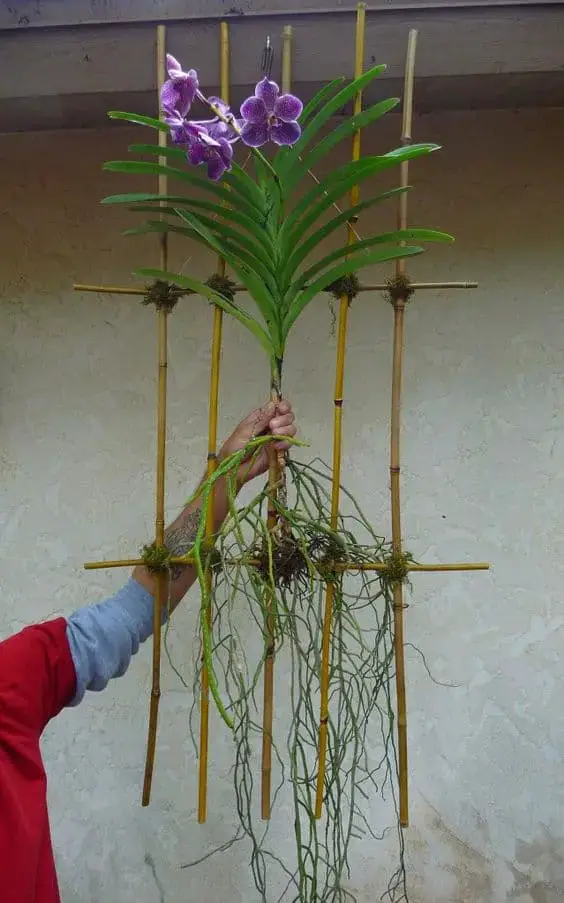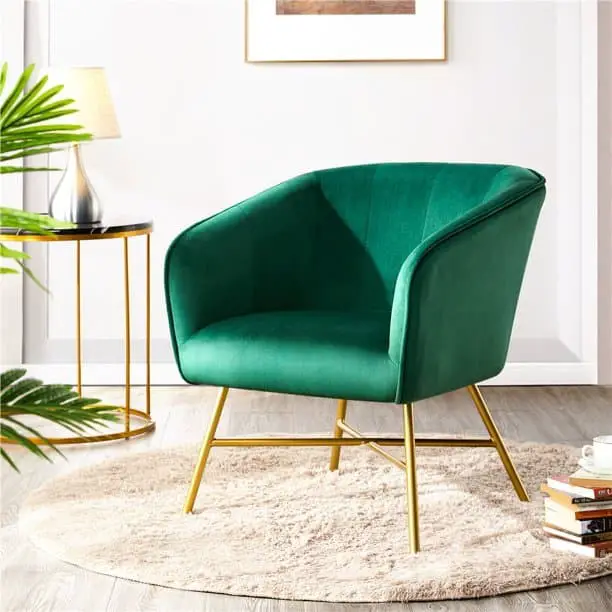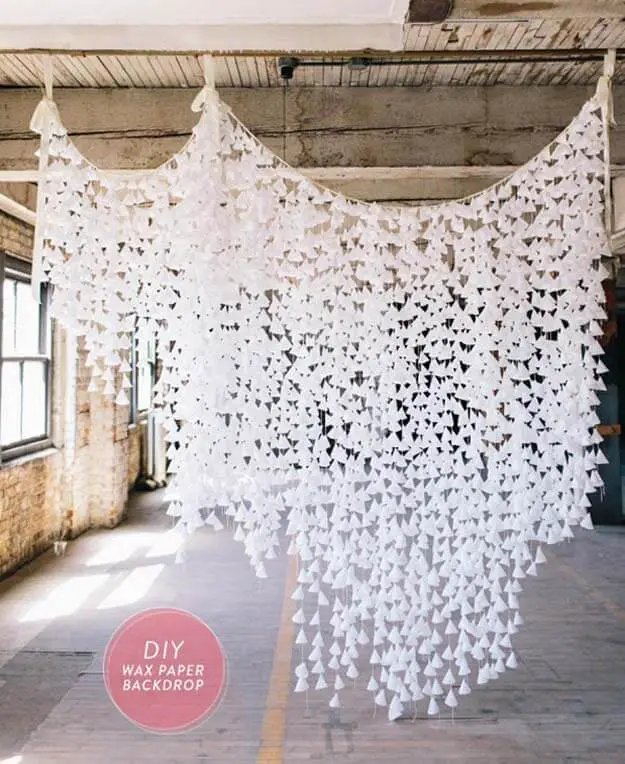32+ Different Types Of Hardwood Flooring (Species, Patterns, And Prices) In House
When it comes to flooring, durability, ease of maintenance, and cost-effectiveness are key considerations. While there are many types of flooring materials to choose from, hardwood flooring stands out as a top contender. With its easy cleaning and low maintenance costs, hardwood is an attractive option for homeowners seeking a practical and stylish solution.
Moreover, hardwood’s versatility allows it to seamlessly integrate with various decorative styles, ensuring a timeless look that never goes out of fashion. However, not all types of hardwood are created equal. To make an informed decision, it’s essential to explore the different types of hardwood, their prices, features, pros, and cons. In this article, we’ll delve into the world of hardwood flooring, covering various species, colors, patterns, and options for different rooms in your home.
We’ll also examine the advantages and disadvantages of using hardwood flooring, as well as answer some frequently asked questions about this popular material.
Types of Hardwood Flooring and Prices
When considering hardwood flooring for your home, it’s essential to weigh multiple factors, including pricing. Avoid making a hasty decision by exploring various types of hardwood flooring before committing to one. Take the time to research and compare different options to find the best fit for your needs and budget. Let’s take a closer look at the different types of hardwood flooring and their price points.
Solid Hardwood Flooring

Solid hardwood flooring is characterized by its thickness, typically ranging from 18-20mm. To ensure a strong installation, tongue and groove joints are necessary. The durability of solid hardwood flooring depends on the type of wood used, with some varieties being more resilient than others. When choosing a type, it’s essential to select one that can withstand wear and tear, as this will impact its longevity.
One of the significant advantages of solid hardwood flooring is its ability to be sanded and refinished at any time. However, it’s crucial to ensure the tongue depth allows for this process. With proper installation, solid hardwood can elevate the aesthetic appeal of a space, making it an attractive feature for potential buyers or residents in commercial settings.
Despite its benefits, solid hardwood flooring also has some drawbacks.
For instance, it can swell when exposed to cold temperatures and may reduce in size if not properly dried. Installation can be challenging due to the boards’ tendency to change shape and size. Additionally, solid hardwood is capable of amplifying sound, making acoustic mats a necessary consideration.
To mitigate these issues, it’s essential to install solid hardwood flooring in dry areas. The cost of solid hardwood flooring varies depending on the size and type of wood used.
While raw wood can start at around $15 per square meter, high-quality hardwood may require an investment of at least $82 per square meter.
Engineered Hardwood Flooring
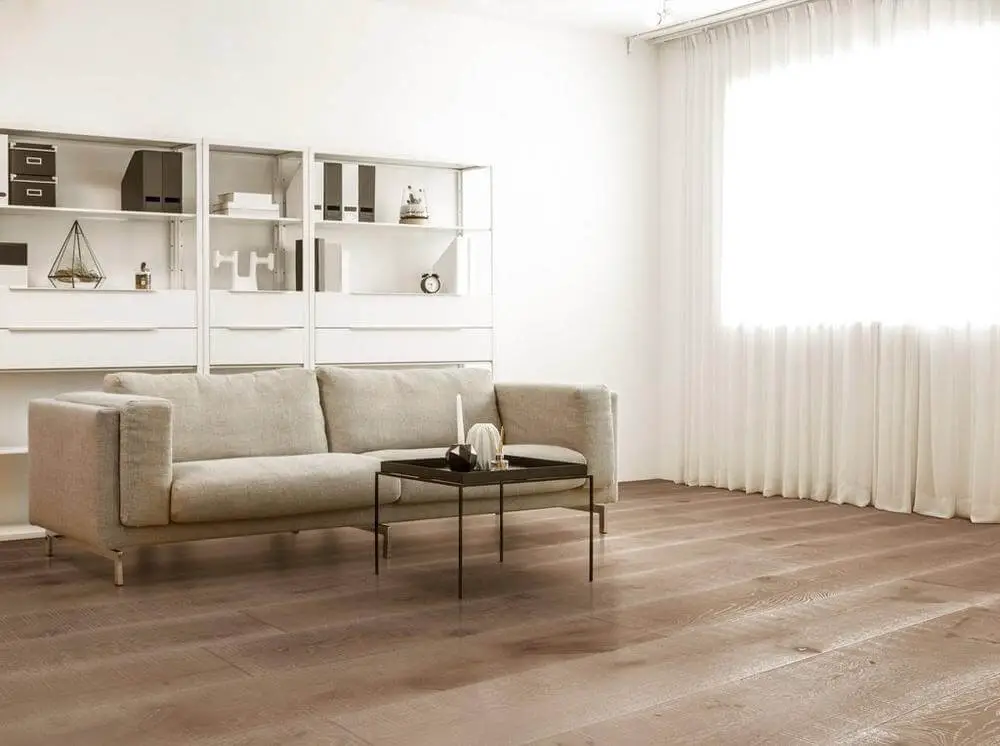
Engineered hardwood floors are constructed with three or four layers, yielding a 14mm board. A 4mm layer of solid wood is also included on top, allowing for the possibility of future sanding and refinishing if needed. This durable flooring option boasts impressive longevity and strength, making it an excellent choice for any room in your home. Notably, engineered hardwood can withstand extreme weather conditions, including high temperatures and dampness, without compromising its integrity.
The installation process is also remarkably simple, as the flooring can be clicked and locked into place without requiring adhesives. For added versatility, tongue and groove technology can still be employed if desired. With prices ranging from $19 to $166 per square meter, engineered hardwood provides an accessible solution for homeowners seeking a high-quality flooring option.
Distressed Hardwood
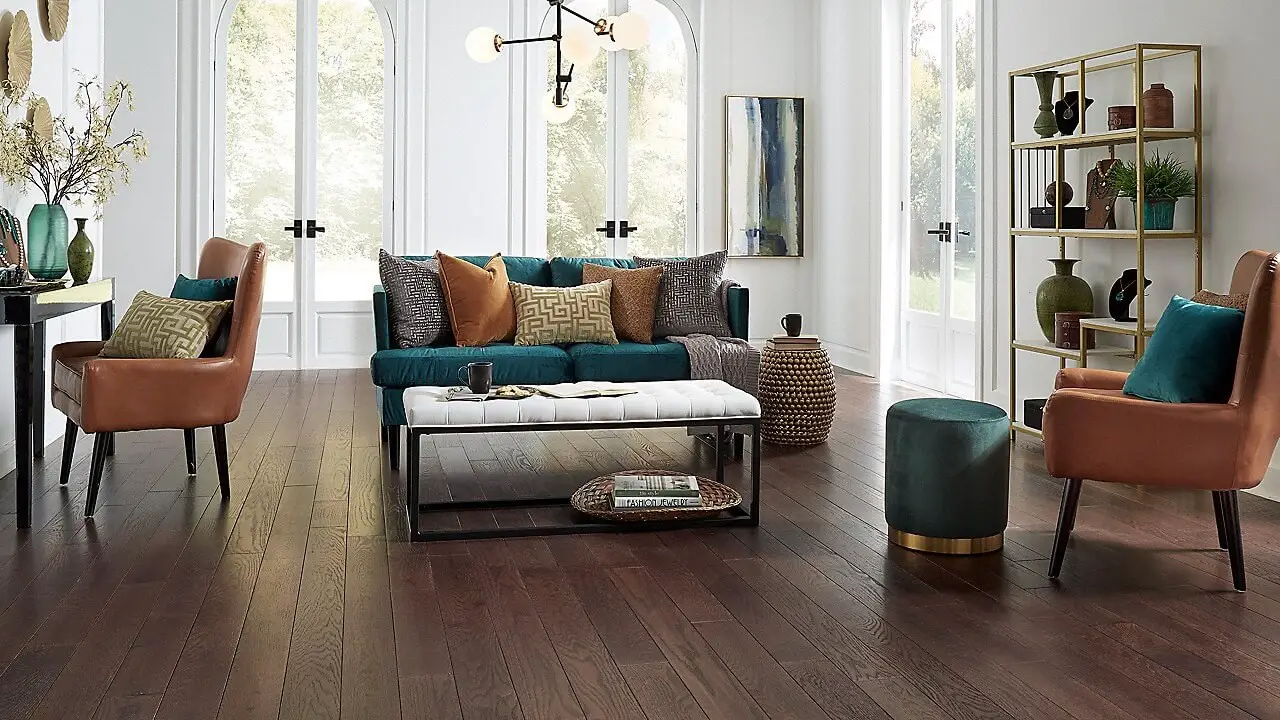
For those who adore the rustic charm on their floors, distressed hardwood flooring is an excellent option. This type of flooring undergoes a unique processing that not only makes it durable but also gives it a one-of-a-kind character. When installed, distressed hardwood flooring will deliver a genuine wood-like appearance that can be easily customized to fit your desired aesthetic. One of the significant advantages of opting for distressed hardwood is its ease of maintenance.
The natural look and texture of this flooring type allow it to effortlessly conceal dirt and dust, eliminating the need for frequent and arduous cleaning. Additionally, you can expect prefinished distressed hardwood options in various designs, each boasting a distinct natural appearance. As for the cost, you can procure distressed wood per square foot at a range of $6 to $23.
Hand-Scraped Hardwood

In the era before mechanized processing, hand-scraped hardwood was a labor-intensive process that involved manual sanding. This rustic approach resulted in unique, ununiformed patches and scratches, giving each plank its own distinct character. Although hand-scraped flooring has been a traditional choice for years, it’s recently experienced a resurgence in popularity, making it the epitome of on-trend home design.
With hand-scraped hardwood, you can effortlessly pair your floor with any decorative style, creating a visually stunning space that truly reflects your personal taste. However, installing this type of flooring comes with a hefty price tag, requiring both time and financial investment. On average, installation costs range from $3 to $8 per square foot, while the cost of the actual hardwood itself can vary greatly, spanning from $10 to $25 per square foot, depending on the chosen wood species.
Ultimately, the allure of hand-scraped flooring lies in its one-of-a-kind charm and ability to elevate any room’s aesthetic.
Prefinished Hardwood
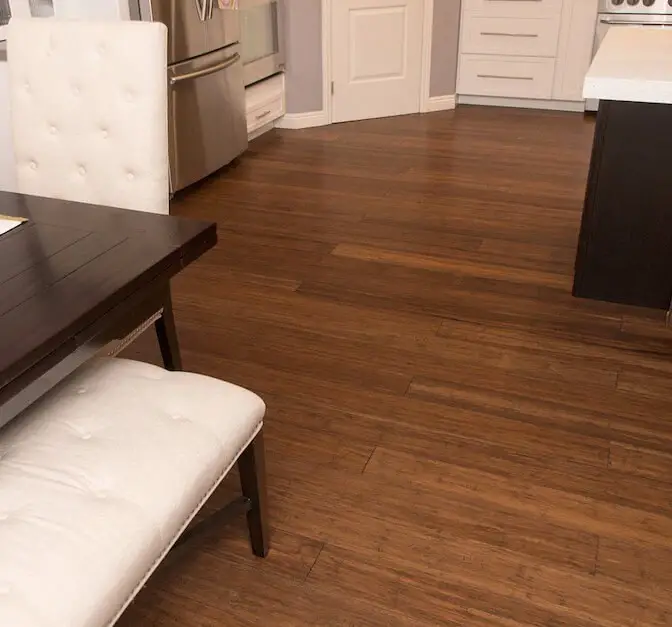
If you’re seeking a flooring option with endless aesthetic possibilities, prefinished hardwood is an excellent choice. This durable and versatile material offers a range of colors to select from, allowing you to customize its appearance to suit your taste. While it may come at a higher upfront cost – typically between $3-$20 per square foot – the expense is offset by the reduced installation costs, which can save you up to $5 per square foot.
Additionally, prefinished hardwood eliminates the need for constant dusting and dirt accumulation on your floors. Its swift installation process also means you can start enjoying your new flooring immediately after completion. Available in a variety of widths, ranging from 3-4 inches, you can choose the perfect size to suit your room’s dimensions.
Unfinished Hardwood

When considering a from-scratch installation for your flooring, consider opting for unfinished hardwood. This approach allows for the finishing process to take place at the building site, providing a greater range of options to choose from. Unfinished hardwood is available in a diverse array of colors, shapes, and textures, including popular types like red oak and boardwalk, which typically come in a thickness of 21/4 inches.
The cost of installing unfinished hardwood per square foot falls within the range of $14 to $25.
Reclaimed Hardwood
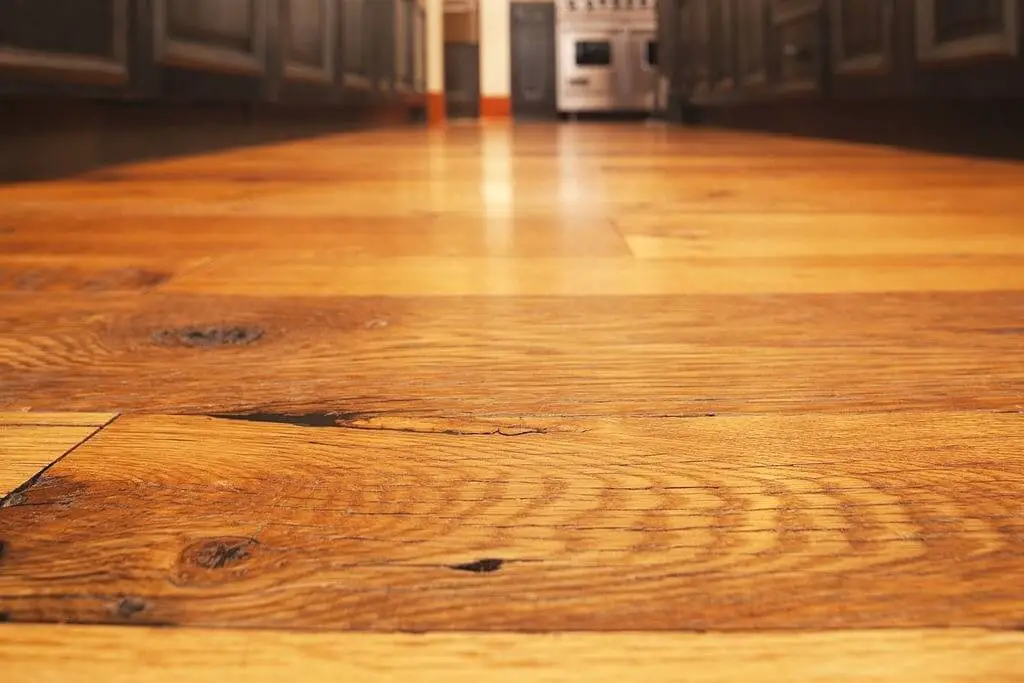
Discover the art of upcycling with second-hand flooring, a cost-effective way to revamp your home’s aesthetic without breaking the bank. Reclaimed hardwood, in particular, offers an eco-friendly option for renovating spaces throughout your house – except for the kitchen and bathroom, where moisture levels can compromise the flooring’s integrity. When shopping for reclaimed hardwood, budget around $25 to $100 per square meter, depending on location and condition.
Post-purchase, you have the flexibility to adjust the color or texture of the flooring through processes like staining or sanding.
Wood Species and Prices
When considering hardwood flooring options, it’s essential to understand the unique characteristics of each species. With numerous varieties to choose from, each boasts distinct color profiles, grain patterns, and levels of durability. To make an informed decision, it’s crucial to carefully examine your options. Here, we’ll explore the various wood species and their corresponding price points.
Oak

Oak flooring has become a popular choice among homeowners, and it’s not hard to see why. With its rich, varied colors and attractive grain patterns, oak adds a touch of warmth and sophistication to any room. Among the different types of oak available, red oak is often the top pick for flooring due to its Janka rating of 1290 – a testament to its durability and strength. Its color palette ranges from soft pink to deep brown, offering homeowners plenty of options to suit their personal style.
Plus, red oak’s versatility makes it easy to pair with any décor, thanks to its striking grain features. On the other hand, white oak is even stronger, boasting a Janka rating of 1360 and a more subtle, refined look that lends itself well to a variety of home designs. Grey undertones give white oak its classic charm, while its varying color and grain ranges ensure it will never go out of style.
As for the cost, homeowners can expect to pay between $3 and $14 per square foot, making oak flooring an accessible option for many families.
Mahogany
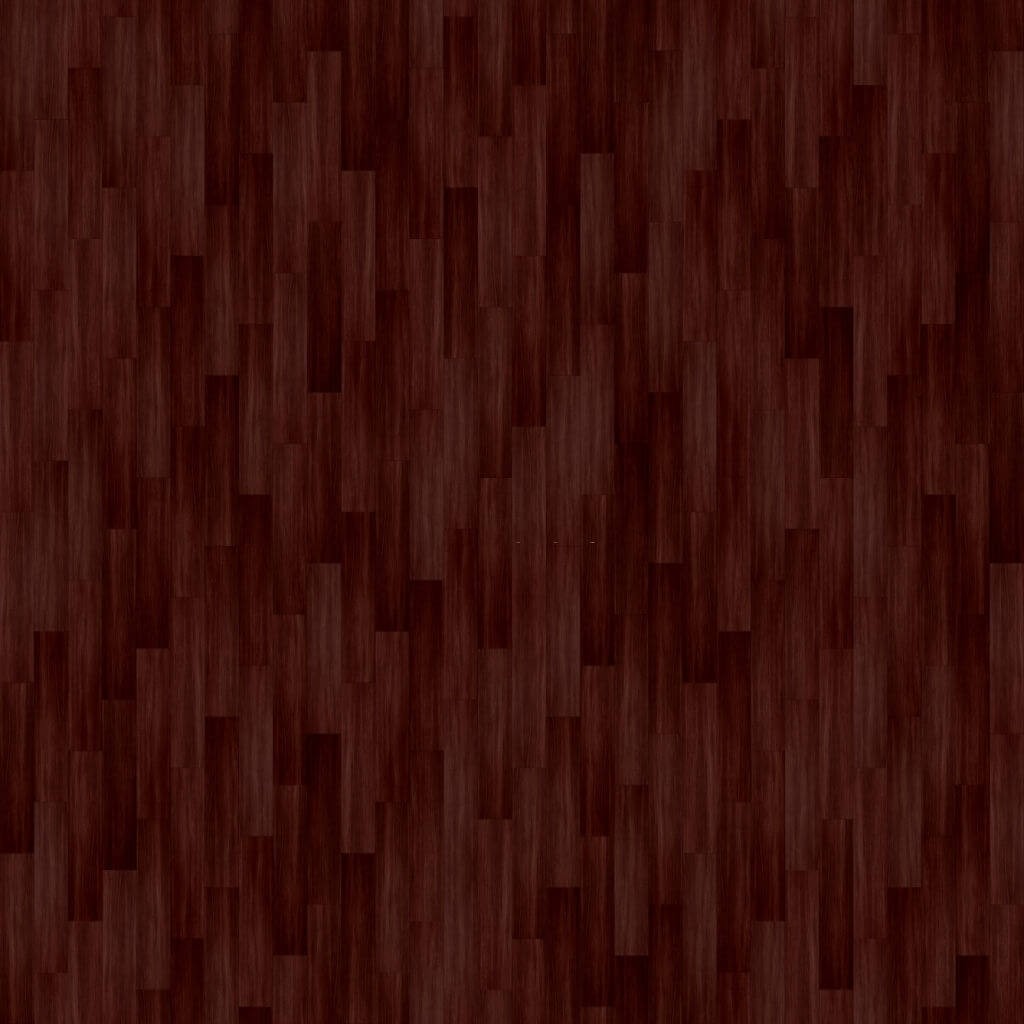
Mahogany’s esteemed reputation stems from its captivating aesthetic and harmonious color palette. Notably, this hardwood boasts impressive strength, resisting water damage and withstanding heavy foot traffic. Its remarkable durability ensures a long-lasting installation, free from concerns about wear and tear. Furthermore, mahogany flooring can dramatically elevate the ambiance of any room, offering a one-of-a-kind visual appeal that’s sure to impress.
When considering the cost, keep in mind that prices for mahogany per square foot typically range from $8 to $14, making it an investment well worth considering for homeowners seeking a truly unique and resilient flooring solution.
Lyptus
While it’s understandable to confuse lyptus with mahogany, given their similar appearances, one key distinction lies in the pricing. Lyptus, known for its durability and ease of processing, presents no issues during milling or finishing stages. Notably, this wood type tends to be more budget-friendly, with prices ranging from $5 to $11 per square foot, making it an attractive option for those on a budget.
Hickory

When selecting the perfect wood species, hickory stands out due to its exceptional strength and durability. With proper maintenance, it also boasts fewer damages compared to other options. The color palette of hickory ranges from light tan to reddish-brown, with a rare yet striking creamy white hue also available. Its unique grain designs make it an excellent choice for various building applications.
As an added benefit, the cost per square foot is relatively affordable, ranging between $3 and $6. This makes hickory a top contender for any construction project.
Ash

For those who value cleanliness, ash flooring is an excellent choice. Its vibrant color demands attention to detail and a commitment to keeping surfaces spotless. The wood grain design adds a touch of elegance, making it a popular option among those who appreciate a beautiful finish. One of the most appealing aspects of ash flooring is its gentle texture, which provides a comfortable surface for walking barefoot.
However, it’s essential to note that ash is not as strong as some other hardwoods, requiring regular maintenance and vigilant cleaning to preserve its appearance. Despite this, ash hardwood flooring remains an attractive option, priced between $7 and $18 per square foot.
Pine
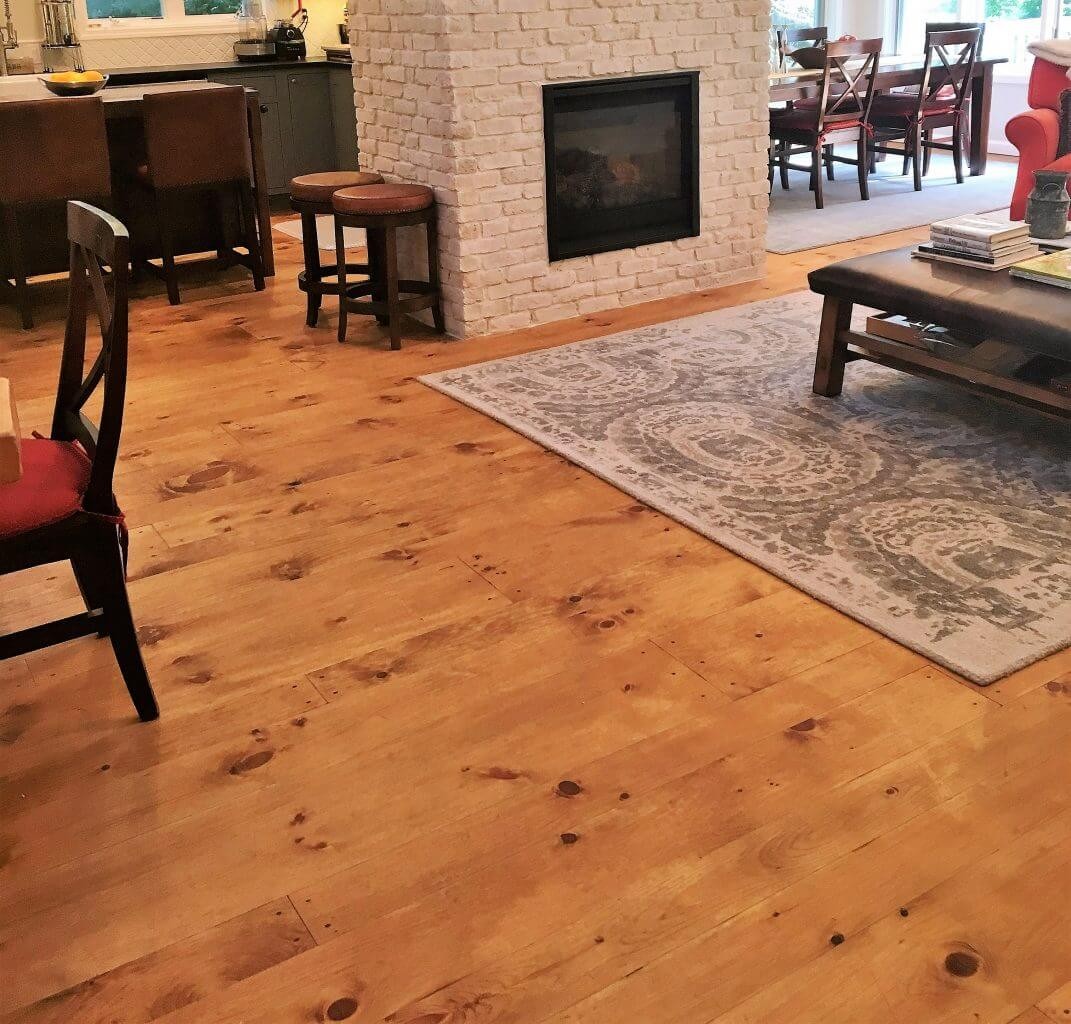
While pine flooring may not be considered a premium hardwood option, it still has its advantages. One of its notable features is the ease with which it can be sanded to achieve a smooth finish. Additionally, pine flooring is generally more affordable than traditional hardwood options, with costs ranging from $4 to $6 per square foot depending on thickness and size. For homeowners seeking a budget-friendly solution for their flooring needs, pine may be a viable choice.
Cherry

Cherry wood is known for its versatility, boasting a range of colors that may shift over time. While this natural beauty has its drawbacks, it’s relatively inexpensive to maintain in the long run. One caveat: cherry wood can scratch easily, making installation a bit more challenging than other options. However, with some TLC and sanding, it can reveal a stunning finish that justifies the effort.
When it comes to cost, cherry flooring per square foot typically falls within a range of $3 to $8, depending on the supplier and size of the materials.
Brazilian Cherry
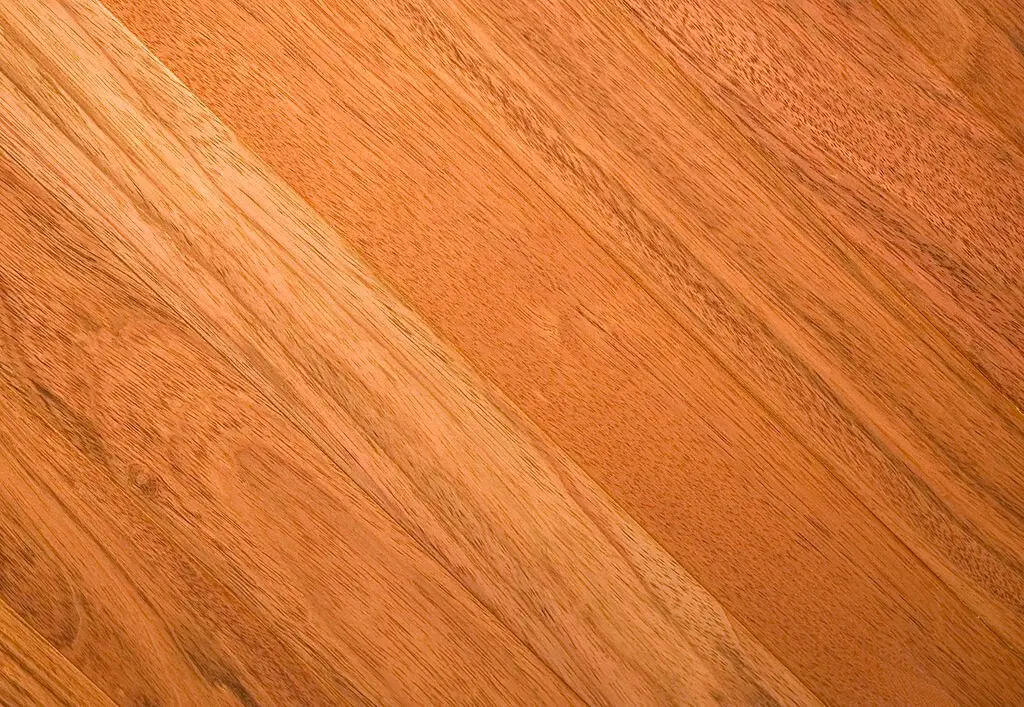
Brazilian cherry, also known as jatoba, is a highly prized wood renowned for its deep burgundy hue. Its popularity extends beyond Brazil to regions such as Peru and Mexico, where it’s often used in construction projects. Due to its hardwood nature, installing Brazilian cherry requires specialized knowledge and care.
Interestingly, this versatile wood can be purchased by the square foot at a cost ranging from $4 to $9, making it an accessible option for those looking to add a touch of elegance to their spaces.
Walnut

When seeking long-lasting flooring solutions, consider opting for walnut hardwood. Keep in mind that this premium material comes with a higher price tag. One of the distinctive features of walnut is its rich, dark brown color and high-gloss finish. On average, you can expect to pay between $4 to $9 per square foot for this sought-after flooring option.
Rosewood

Rosewood is renowned for its unique grain patterns, which come in either light yellow or rich purple hues. Prior to being crafted into flooring boards, this luxurious wood was highly prized in the furniture world. One of the most distinctive characteristics of rosewood is its ability to fill a room with a sweet, captivating aroma reminiscent of the real thing. As a result, it’s no surprise that rosewood flooring can be quite expensive, with prices ranging from $5 to $10 per square foot.
Maple
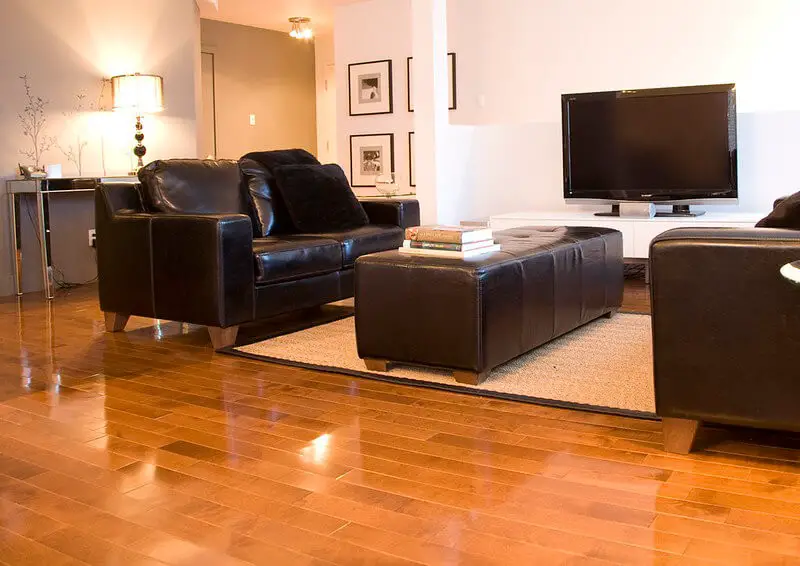
Maple is renowned for its high-quality grains, making it a popular choice for hardwood flooring. In fact, many bowling alleys feature maple floors due to its exceptional durability and fine-grain pattern, which can effectively conceal stains. Over time, maple tends to develop a warm yellow hue. If you’re considering purchasing maple flooring, be prepared to spend anywhere from $6 to $14 per square foot, depending on the quality and supplier.
Bamboo
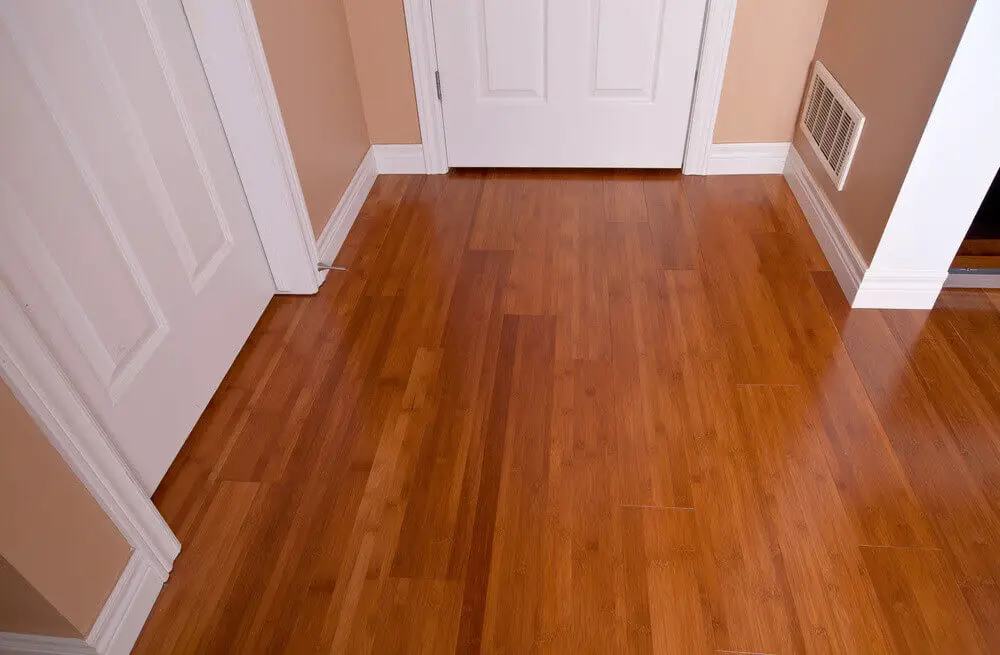
While commonly regarded as a type of hardwood due to its durability, bamboo is actually classified as a grass. This classification is reflected in its distinct characteristics, including its dual color palette which features both carbonized and light-colored hues. Interestingly, the cost of bamboo per square foot can vary significantly, ranging from $2 to $7, depending on various factors.
Birch
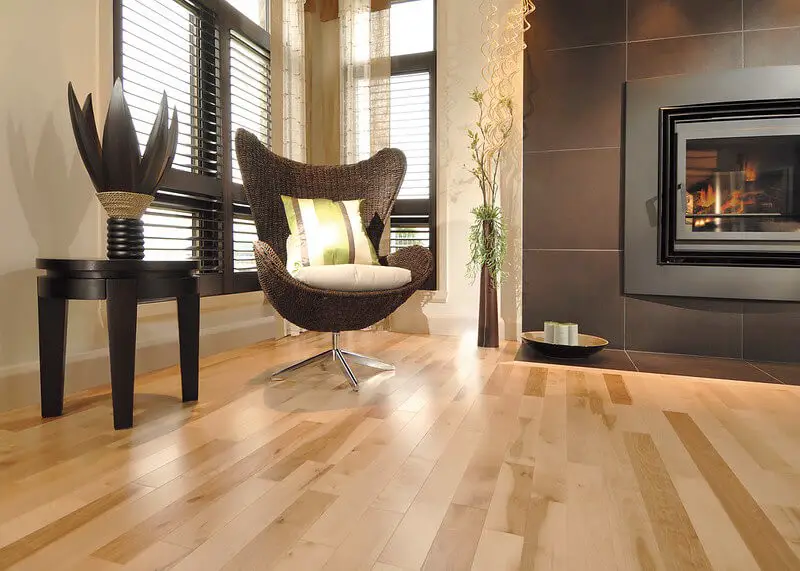
While there are two primary types of birch hardwood – yellow and red – the defining characteristics of each lie in their sapwood and heartwood compositions. Yellow birch, for instance, boasts a striking combination of creamy white and subtle yellow hues, making it easily distinguishable from its counterpart. In contrast, red birch is distinguished by the presence of golden brown pigmentation, occasionally punctuated by reddish undertones.
One of the most intriguing aspects of birch hardwood is its propensity for developing smooth curls that can be challenging to detect. As for its monetary value, a square foot of birch typically ranges from $2 to $11 in cost.
Teak
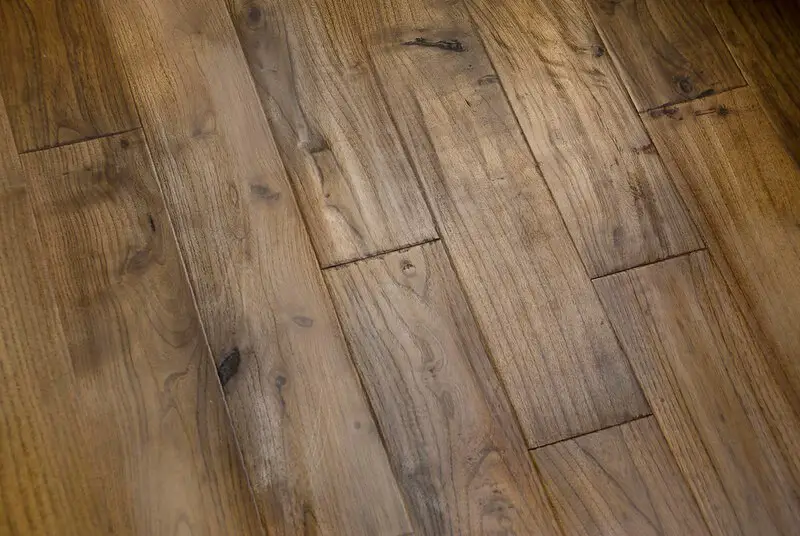
If durability and longevity are top priorities for your flooring, consider opting for teak. This type of hardwood has gained popularity among homeowners seeking a strong and long-lasting option. By installing teak flooring, you can rest assured that it will bring the desired aesthetic appeal to your home. However, one key consideration is that teak requires regular oiling to maintain its condition. As for the cost, teak per square foot typically falls within the range of $5 to $10.
Alder
If you’re searching for an affordable alternative to maple or cherry, alder is a viable option. However, it’s essential to note that alder is a soft hardwood, which may affect its durability and performance. Alder is also known as western alder, Oregon alder, or red alder, and is characterized by its smooth, uniform surface and pleasing grain pattern.
When choosing alder for your flooring project, be prepared to allocate $3-$6 per square foot for the material itself, with installation costs adding an additional $3 or $5 minimum.
Ebony
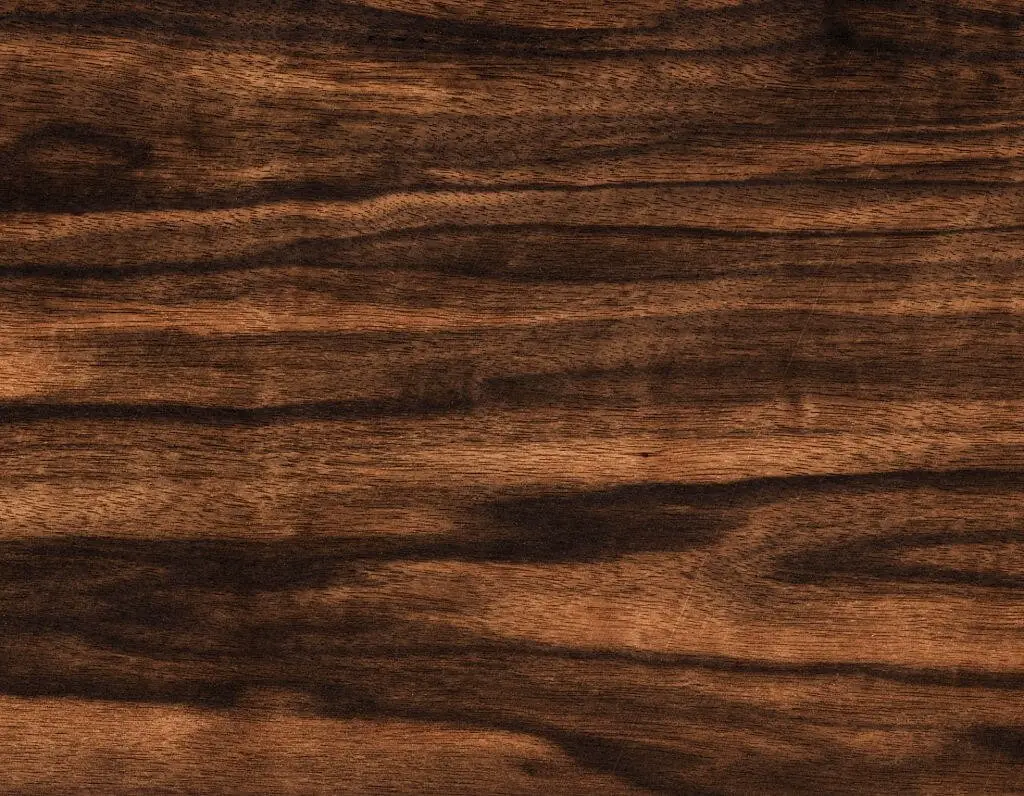
Ebony, a sought-after hardwood, boasts an unparalleled resilience, making it a coveted choice for flooring. Despite its heaviness, this African and Asian native exhibits an astonishing ability to float on water. However, its scarcity is reflected in its premium price tag, which can be as much as 40-60% higher than teak wood.
This rare species’ unique characteristics enable it to thrive in environments where moisture or water are present, making it an ideal candidate for floating floors that can withstand the elements.
Poplar
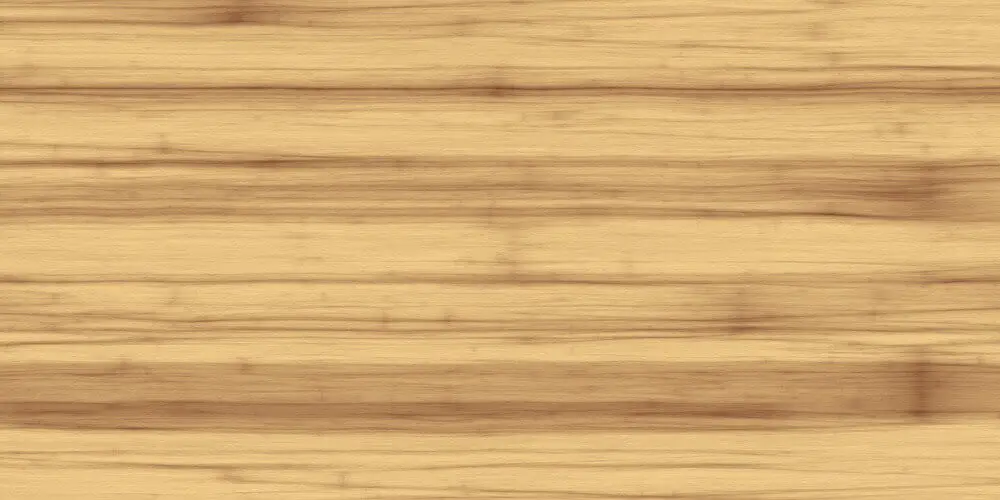
Tulip poplar, also known as Poplar, is the longest hardwood species, boasting a unique combination of creamy to yellowish-brown hues with patches of green. The grain of this wood is remarkably level and even, offering a medium texture that many would describe as soft. This characteristic has led to it being commonly referred to as a soft hardwood, which also happens to be relatively lightweight and affordable.
One of the greatest advantages of Poplar is its versatility – it can seamlessly integrate with any décor style, making it an ideal choice for DIY enthusiasts and professional woodworkers alike. When it comes to purchasing Poplar wood, expect to pay at least $1.50 per square foot, with budget-friendly options available within the range of $3 to $5.
Acacia
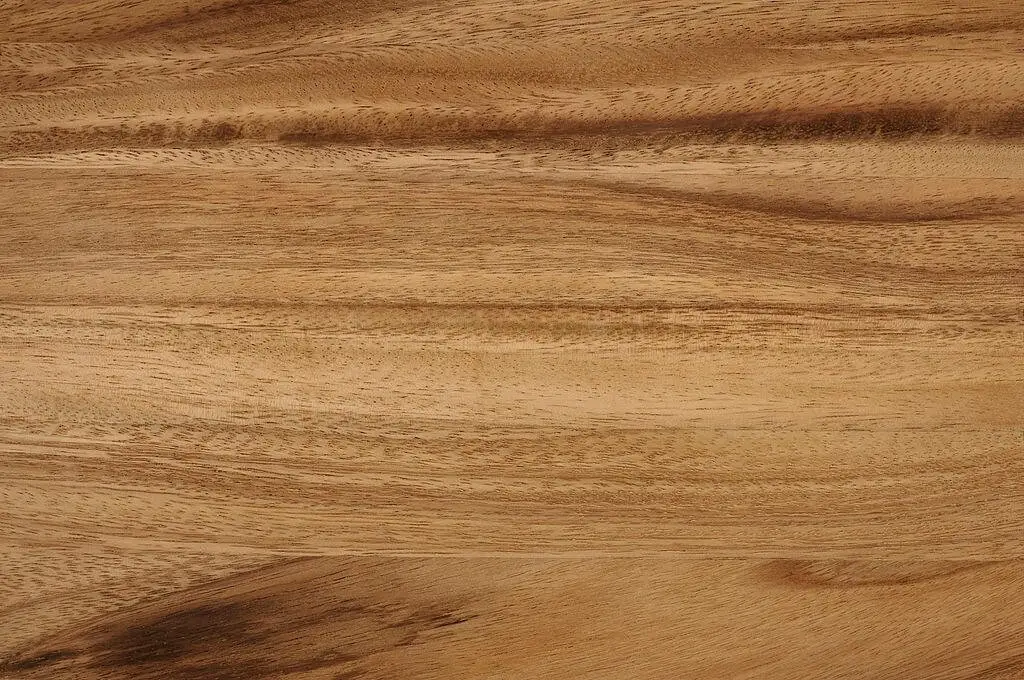
Acacia wood boasts a rich, dark brown hue, backed by a robust Janka rating spanning 1700 to 2200 pounds per square inch. This exceptional hardness and strength make it an ideal choice for flooring, capable of withstanding various environmental conditions without compromising its integrity. Not only is acacia impervious to water damage, but its natural resistance also minimizes the risk of scratching or peeling over time, subsequently reducing maintenance costs.
While the cost of this premium wood can vary between $2 and $4 per square foot, depending on the supplier and thickness, the long-term benefits far outweigh the initial investment.
Cork
Cork is a valuable material extracted from the bark of mature oak trees after several years. Its unique properties make it an ideal choice for flooring applications. One of its most notable characteristics is its impermeability, which prevents water from penetrating through to the underlying surface. Additionally, cork is known for its durability and resistance to wear, taking time before it begins to show signs of denting or damage.
The cost of high-quality cork per square foot can vary depending on the supplier and location, typically ranging from $1 to $4 per unit.
Cypress
When seeking a robust wood species for your project, consider cypress, which boasts an ideal size to boot. Notably, this versatile wood exhibits a kaleidoscope of colors, with its sapwood displaying a light pigmentation, while the heartwood ranges from pale yellow to reddish-brown hues. One of its most appealing features is its natural resistance to rot and decay, making it an excellent choice for flooring applications where water may be present.
Additionally, cypress has been recorded to possess a Janka score of 1750, indicating exceptional durability. As for cost, you can expect to pay around $48 per square foot for this premium material.
Eucalyptus
The distinctive hues of eucalyptus wood are characterized by its heartwood, which transitions seamlessly from red to reddish-brown tones. In contrast, the sapwood boasts a soft, creamy lightness. One of the most appealing aspects of this versatile wood is its ability to absorb paint effortlessly, allowing homeowners to customize it to suit their desired aesthetic.
Moreover, eucalyptus exhibits exceptional durability and water-repellent properties, making it an ideal choice for outdoor applications or high-moisture environments. In terms of strength, eucalyptus wood stands out as a robust option, boasting a Janka score of 4000 pounds per square inch. This impressive rating is matched only by its relatively affordable price tag, with costs ranging from $3 to $6 per square foot.
Pecan
Pecan is a widely used wood species in North America, renowned for its exceptional durability. Its unique characteristics can significantly enhance the aesthetic appeal of your floor, making it stand out from the rest. Pecan’s color palette ranges from white to rich reddish-brown hues, offering a high degree of versatility when it comes to finishing options. For instance, you can easily update the look by painting or staining it.
Interestingly, pecan is often blended with hickory and sold as hickory, which may impact its pricing. On average, pecan wood can be found at a price range of $4 to $7 per square foot.
Beech
Native to both Asia and Europe, beech trees require patience as they gradually mature over time. A testament to their unique character, the bark of these majestic specimens can display a striking array of hues, including pink, earthy brown, and creamy whites. When it comes to installing beech tree products, such as flooring or paneling, consumers can expect to pay anywhere from $4 to $10 per square foot, depending on the specific application and quality.
Douglas Fir
The Douglas fir tree yields a robust softwood with a distinctive reddish-brown and creamy white heartwood tone. Its remarkable durability makes it an excellent choice for flooring, as it naturally repels water and will extend the lifespan of your floors. Moreover, Douglas fir is relatively easy to repair – simply sanding it can revive its appearance. Interestingly, you can acquire this versatile wood at a competitive price point, with prices starting at $8 per square foot.
Cedar
Cedar is a prominent wood species in North America, renowned for its distinctive aroma. Its exceptional strength and waterproof properties make it a popular choice for construction purposes. When installed as flooring, cedar possesses natural pest-repellent qualities, extending its lifespan and making it a superior option. On average, high-quality cedarwood costs around $1 per square foot.
Hardwood flooring colors

Hardwood Flooring Comparison
When selecting the ideal hardwood flooring for your space, it’s essential to consider various types and their distinct characteristics. Each type of hardwood floor has a unique set of attributes that may or may not align with your needs and budget. By examining these differences, we can help you make an informed decision and find the perfect fit.
Solid vs. Laminate Hardwood
One of the primary distinctions between solid floorboards and laminate flooring lies in their respective thicknesses. Solid floorboards, measuring ¾ inch in thickness, boast a smooth texture and tongue-and-groove ends that secure the boards together. Crafted from single pieces of wood, these boards are renowned for their durability. In contrast, laminate flooring is significantly thinner at just ½ inch thick.
Its click-and-lock design makes installation a breeze, while its multi-layer construction features a scratch-resistant coating that repels dirt and stains. Interestingly, laminate’s durability surpasses that of solid hardwood, making it an attractive option for homeowners seeking low-maintenance flooring solutions.
Unfinished vs. Finished Hardwood
For those seeking a one-of-a-kind flooring solution that can be tailored to their specific needs, unfinished hardwood is an excellent option. This type of flooring offers the flexibility to customize its appearance by painting it once installed. The paint coating serves as a protective barrier against damage, making it an ideal choice for high-traffic areas like kitchens. Notably, the paint also prevents water from seeping through the boards, providing additional peace of mind.
In contrast, finished hardwood arrives at the installation site with a pre-applied finish, saving time and labor in the process. The manufacturer’s finishing process includes sanding and sealing, allowing you to walk on the flooring immediately after installation. While this convenience is certainly appealing, it may not offer the same level of customization as unfinished hardwood.
Bamboo vs. Engineered Hardwood
While bamboo may be a relatively new player in the flooring world, its impressive attributes have quickly earned it a loyal following. One of its most notable strengths is its remarkable durability, making it an ideal choice for those seeking a sustainable and long-lasting option. Bamboo’s eco-friendly nature and ability to thrive in various weather conditions only add to its appeal. In contrast, engineered hardwood boasts a unique layered structure that renders it thick and resilient.
This multi-layered design makes it particularly well-suited for areas prone to dampness or extreme temperatures. While engineered hardwood may come at a higher price point, its extended lifespan and durability make it a worthwhile investment for those seeking a premium flooring solution.
Floorboard Patterns
When constructing a dwelling, every aspect matters, including the floor design. A well-chosen pattern can elevate the overall aesthetic and create a cohesive visual identity that harmonizes with surrounding decor. To achieve this, it’s essential to select a floorboard pattern that not only appeals to your sense of style but also complements the room’s ambiance. In this regard, we’ll explore various options for you to consider when designing your floors.
Straight Pattern
When it comes to flooring, many individuals opt for the straightforward yet effective straight pattern. By laying planks parallel to each other across the room, this design creates a clean-lined appearance that simplifies the process of incorporating decorative elements or exploring various themes.
Diagonal Pattern
The boards are strategically placed to cover the entire room, stretching from one corner to the other. While installation may prove challenging due to its intricate nature, it’s a task that demands attention to detail and specialized expertise. Once successfully installed, the pattern adds a touch of elegance to the space, highlighting its unique characteristics and features.
This versatile design can be applied to any room, but particularly shines in areas like bathrooms, where a well-designed accent wall can greatly enhance the ambiance.
Herringbone Pattern
The herringbone pattern has gained widespread appeal, with many individuals embracing its unique design. However, it’s essential to note that this layout may not be suitable for small rooms as it can create an illusion of confinement. On the other hand, the herringbone pattern does offer added durability, thanks to the close proximity of the boards and reduced friction between them. This configuration allows for installation in either a parallel or diagonal orientation.
Chevron
While Chevron and Herringbone patterns share some visual similarities, they can be distinguished through a subtle detail. Both have the same size and zig-zag pattern, but when laid out in a rectangular shape side by side, Herringbone forms a distinct design. In contrast, Chevron requires the edges to be angled to create a straight line that meets at the edges. This nuance allows for nuanced differentiation between the two patterns.
Interestingly, Chevron is often associated with opulent decors reminiscent of Versailles, making it a popular choice for grand interior spaces.
Parquet
Parquet, a vintage flooring pattern once reserved for the elite, has seen a resurgence in popularity. Characterized by its intricate designs and versatility, this style allows for multiple patterns to coexist within one look. Examples of these distinct designs include Herringbone, brick, and basket weave motifs.
Hardwood Flooring Options by Room
As you embark on selecting the perfect floor design, consider that each room can boast a unique and tailored flooring pattern. With so many options available, it’s essential to explore the possibilities for every individual space within your home.
Kitchen
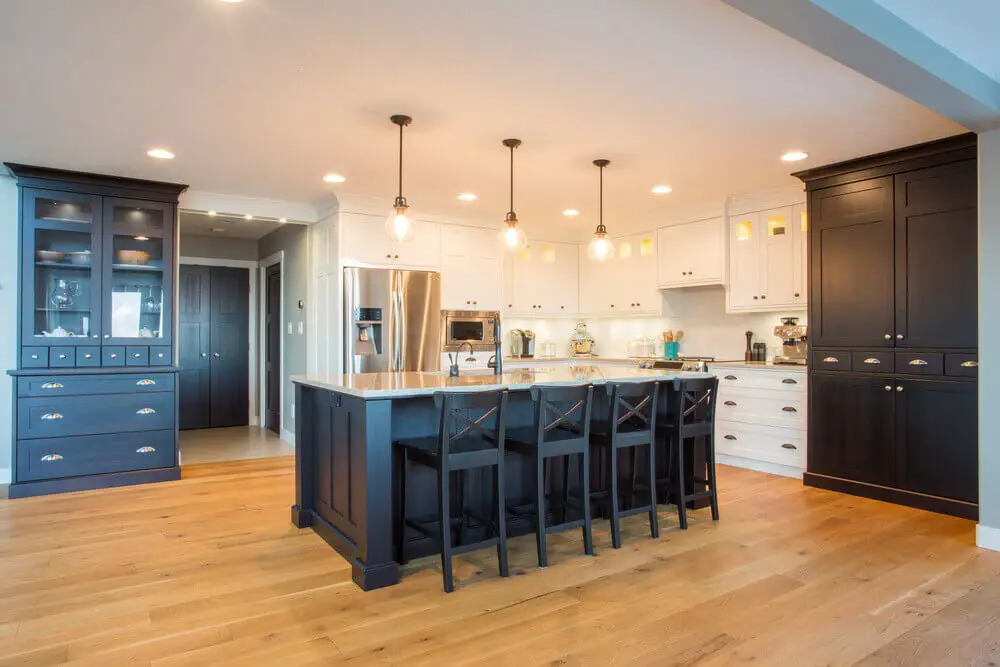
When selecting hardwood for your kitchen, it’s crucial to prioritize water-resistance and moisture tolerance. Given the room’s high water usage, look for species that can withstand exposure to liquid. Solid unfinished boards are a great option, as they allow for staining or painting after installation, effectively sealing the surface against water damage. Alternatively, engineered boards featuring a thin layer with a waterproof coating at the bottom are another viable choice.
Their ability to ‘float’ on top of surfaces after installation makes them an attractive option for kitchens where spills and messes are common.
Living Room
The living room is often referred to as the heart of the home, making it crucial that your design choices create a warm and inviting atmosphere. One way to achieve this is by selecting hardwood flooring that not only adds visual appeal but also complements the overall décor. The beauty of hardwood lies in its versatility, allowing you to choose from a wide range of colors, sizes, and patterns to suit your personal taste.
Whether you opt for rich walnut, classic oak, or elegant cherry, the possibilities are endless.
Bathroom

When it comes to choosing a flooring option for the bathroom, hardwood is an excellent choice. Not only does it provide warmth and beauty, but it can also last longer with proper maintenance. To ensure the longevity of your flooring, regular upkeep is crucial to prevent damage from water exposure. Additionally, having a uniform floor can help prevent flooding, which can compromise the integrity of the hardwood.
Among the various types of hardwood flooring available, engineered hardwood stands out as an ideal choice for bathrooms due to its unique construction. Comprising multiple layers, engineered hardwood boasts exceptional strength and durability, making it well-suited for areas that are prone to water splashing.
Basement
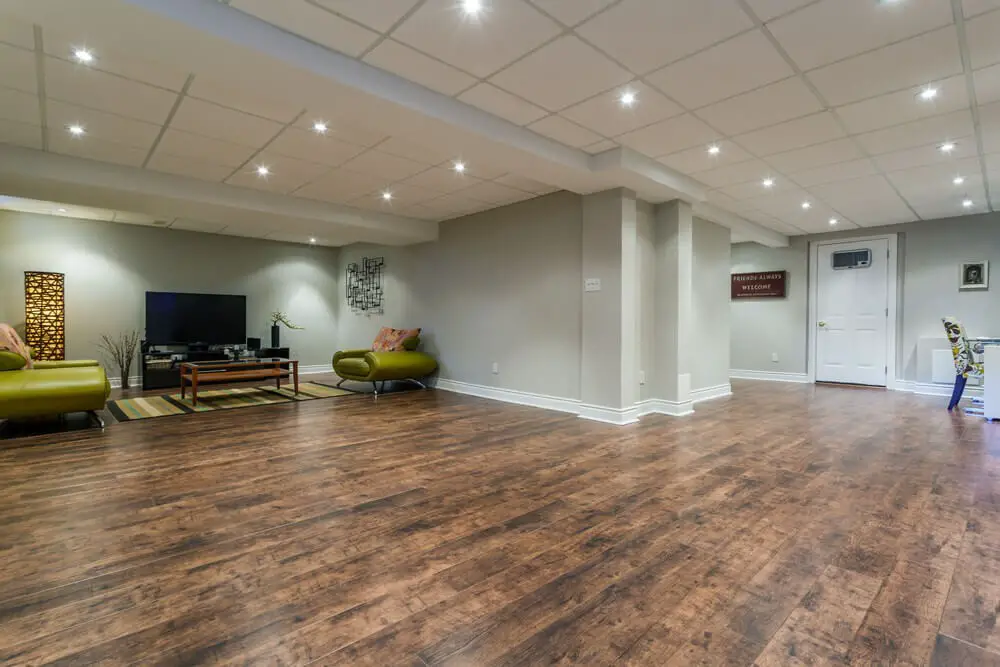
When it comes to building a strong basement floor, the foundation is key – literally. Before installing any type of hardwood flooring, you need to lay down a subfloor. This critical layer serves as a barrier between the hardwood and potential moisture or water damage. While there are several options for basement hardwoods, laminate and engineered wood stand out as top choices. Laminate wood, with its plastic coating, is naturally water-resistant and easy to maintain and repair.
Engineered wood, on the other hand, offers durability and resistance to extreme dampness, making it an excellent option for basement floors prone to moisture. By starting with a solid subfloor and selecting the right hardwood, you can create a beautiful and long-lasting basement space.
Hardwood Pros and Cons
When considering hardwood flooring for your home, it’s essential to weigh the benefits against the potential drawbacks. While there are many advantages to this popular option, it’s crucial to be aware of both sides before making a decision. Here, we’ll examine the pros and cons of installing hardwood on your floors.
Pros
When it comes to durability, hardwood flooring stands out from other options. With proper care, hardwood can last for up to a century, making it an excellent choice for homeowners who value longevity. The high-quality woods used in hardwood flooring provide exceptional strength and resilience, allowing them to withstand various conditions without compromising their integrity.
Furthermore, the range of species available offers customers the flexibility to select the perfect option based on budget, lifestyle, and personal preferences. From the rich tones of Brazilian cherry to the rustic charm of oak or cypress, there’s a hardwood species to suit every taste. One of the most significant advantages of hardwood flooring is its ease of maintenance.
A simple sweep, mop, or vacuum is often all that’s needed to keep the floors clean, with minimal risk of hiding dirt and dust. Additionally, wooden floors are naturally resistant to pests and water damage, providing homeowners with peace of mind. Overall, hardwood flooring offers a unique combination of durability, style, and low maintenance requirements, making it an attractive option for those seeking a long-lasting and hassle-free flooring solution.
Cons
Hardwood flooring’s high upfront cost is just the beginning. The installation process and material costs are significantly higher compared to other types of flooring. Additionally, a subfloor may be required to ensure durability, adding to the overall expense. Furthermore, maintenance costs for hardwood can also be substantial. In fact, its susceptibility to scratches and dents means that regular upkeep is necessary to prevent damage and potential hazards for family members.
Moreover, the risk of fungi growth in damp environments can lead to unwanted expenses when dealing with infestations.
FAQs about Hardwood Flooring
What Is the Most Scratch-Resistant Flooring?
While it’s inevitable that pure wood flooring will develop scratches over time, the frequency and severity of these marks can be influenced by how well you maintain the floor. One effective way to reduce the likelihood of scratches is to apply a coat of paint to the wood, providing an additional layer of protection against scuffs and scrapes.
When it comes to scratch-resistance, the most durable flooring options are often those that prioritize strength and durability, offering homeowners a reliable solution for withstanding daily wear and tear.
What Is the Best Hardwood Flooring?
When it comes to selecting the finest hardwood flooring options, durability and availability are key considerations. A hardwood floor that excels in both areas is one made from species like oak, cherry, maple, or their variants. These woods offer exceptional strength and resistance, making them ideal choices for busy households. Additionally, bamboo, ash, and mahogany can also provide a high-quality flooring solution.
Ultimately, the best hardwood flooring is one that balances functionality with aesthetic appeal.
What Is the Most Beautiful Hardwood Flooring?
While the phrase ‘beauty is in the eye of the beholder’ may be true, when it comes to hardwood flooring, many share a similar preference for unique and distinctive styles. This often leads people to opt for exotic hardwood species like mahogany and Brazilian cherry, which offer a rich, luxurious look that’s hard to match with more common options.
What Is the Most Durable Hardwood Flooring?
When it comes to finding the most resilient hardwood flooring option, bamboo is an excellent choice. Its unique manufacturing process involves a series of steps that significantly increase its hardness and durability, setting it apart from other types of wood. The rigorous procedure involved in producing bamboo wood makes it an ideal solution for homeowners seeking long-lasting floors.
What Is the Best Waterproof Hardwood Flooring?
While it’s unrealistic to expect a hardwood floor that is completely impervious to water, there are certain species that can withstand exposure to moisture and humidity to some extent. Bamboo, for instance, is known for its natural resistance to water damage, as is engineered hardwood flooring. Both of these options have the ability to repel water and resist degradation over time.
What Is the Best Hardwood Flooring for Radiant Heat?
When it comes to choosing the ideal hardwood for radiant heat, you’re spoiled for choice between bamboo and engineered options. Both types can be installed as a floating floor, which is surprisingly resistant to moisture issues. The distinctive characteristics of these two species make them top contenders for this application.
What Is the Best Value of Hardwood Flooring?
When on the hunt for a wood type that combines affordability with a premium aesthetic, look no further than oak. This versatile option is surprisingly easy to find and source, which translates to a lower price point compared to other species. But what really sets oak apart is its impressive durability – it won’t scratch or show wear and tear anytime soon.
Conclusion
Hardwood flooring has become increasingly popular among homeowners seeking to elevate their space with a touch of elegance. When considering this option, it’s crucial to conduct thorough research to identify the ideal wood species that will reflect your personal style. Pricing should also be taken into account to ensure budgetary alignment. Moreover, don’t forget that different rooms may require distinct flooring solutions.
As such, choose hardwood species and patterns in harmony with the room’s conditions, allowing you to create a unique and harmonious space.
Related Posts
When it comes to home improvement projects, the question of tipping floor installers often arises. While some may view gratuity as optional, understanding the etiquette surrounding tips can go a long way in fostering positive relationships with professionals like flooring installers. In fact, there are several reasons why you might consider showing your appreciation for their hard work.
For instance, a well-placed tip can demonstrate your gratitude for a job done right and even influence the quality of service you receive in the future. Additionally, it’s essential to keep in mind that floor installation is just one aspect of building or renovating a home – other aspects include design, functionality, and overall aesthetic appeal. Therefore, it’s crucial to consider what colors go well with grey floors, as this can greatly impact the cohesiveness of your new space.
Ultimately, making informed decisions about how to decorate an open floor plan home requires understanding both the historical significance of rugs and the benefits they provide in terms of design.

